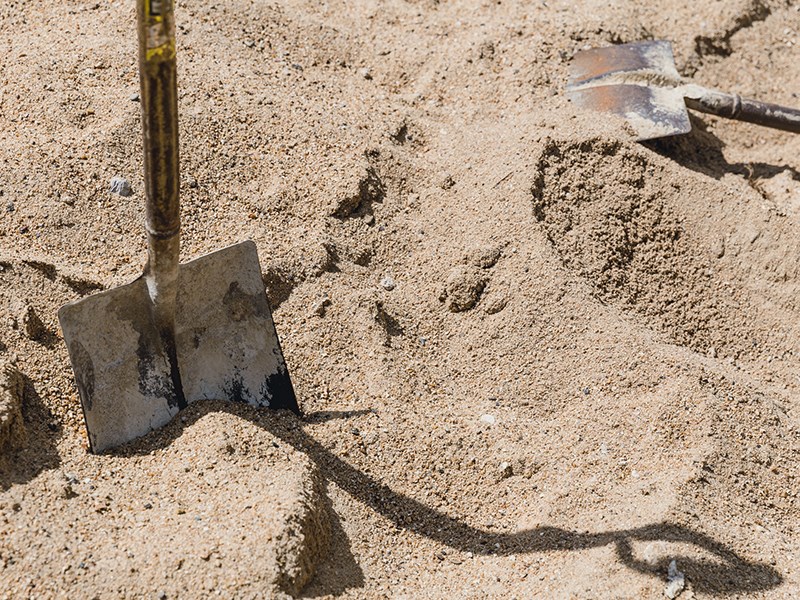Sand, it turns out, is the most consumed resource on the planet after water and air. We are gobbling it up fast, mostly in the form of aggregate for our concrete jungles.
Sand is in our toothpaste, cosmetics, hairspray, windows, paper, microchips, plastics, paint and tires, but most sand we consume these days is going into brick, asphalt and concrete. A whopping 80 per cent of everything built is made of concrete, and concrete itself is made of 80 per cent sand and gravel. All total we are mining the equivalent in sand of the weight of 137,000 Empire State Buildings annually.
At first, sourcing sand and gravel from rock quarries and river beds met our needs. Now, we are forced to go to more extreme lengths. These days, it is only found in large quantities for free on the seafloor, and the problems associated with harvesting from there are only just becoming understood.
Much like the soil that covers the earth above the sea, sand on the seafloor is quite thin, so machines are used to dredge along large swaths of the ocean floor. This thin ocean bed layer is also the base for all sea-life-hosting living communities starting with microorganisms and small fish and then moving up the food chain to bigger fish and inevitably to the food on our plates.
As sand is removed, even from remote ocean locations, what remains of the sand continues to shift in the currents, and this resettling causes shorelines and beaches to be affected. In fact, a shocking 70 per cent of the world’s beaches are shrinking.
Sand has become a commodity that is commanding a high price on global markets. Currently, it is a $70 billion a year industry.
Perhaps not surprisingly, there is now a dark underbelly to the trading of sand. Although sand on the seafloor is not owned by anyone, and thus a free resource, it is not at all free to get. Illegal harvesting of easily accessed sand from beaches is a growing trade, and a criminal organization known as the “sand mafia” has evolved.
Not all sand is created equal, either. Dubai imported sand from Australia to build the Burj Khalifa tower, the tallest building in the world. This is because sand from marine environments like beaches and the ocean floor is shaped differently than sand from the desert.
Ocean sand is rougher and more angular in shape, making it perfect for creating artificial islands and also for use in construction materials. Desert sand, however, has been tossed about and polished by the winds until it is quite smooth, not ideal for construction aggregate or false islands at all. So it’s a case of sand, sand, everywhere, but none to build with.
Luckily, there are some innovative people out there trying to piece together solutions for yet another one of our over-harvested resources. We can do our part by building smaller homes, choosing local resources for building materials, repurposing glass as an alternative to sand, and keeping non-recyclable glass out of landfills.
Thanks for doing your part!
Let’s Talk Trash is qathet Regional District’s waste-reduction education program.



